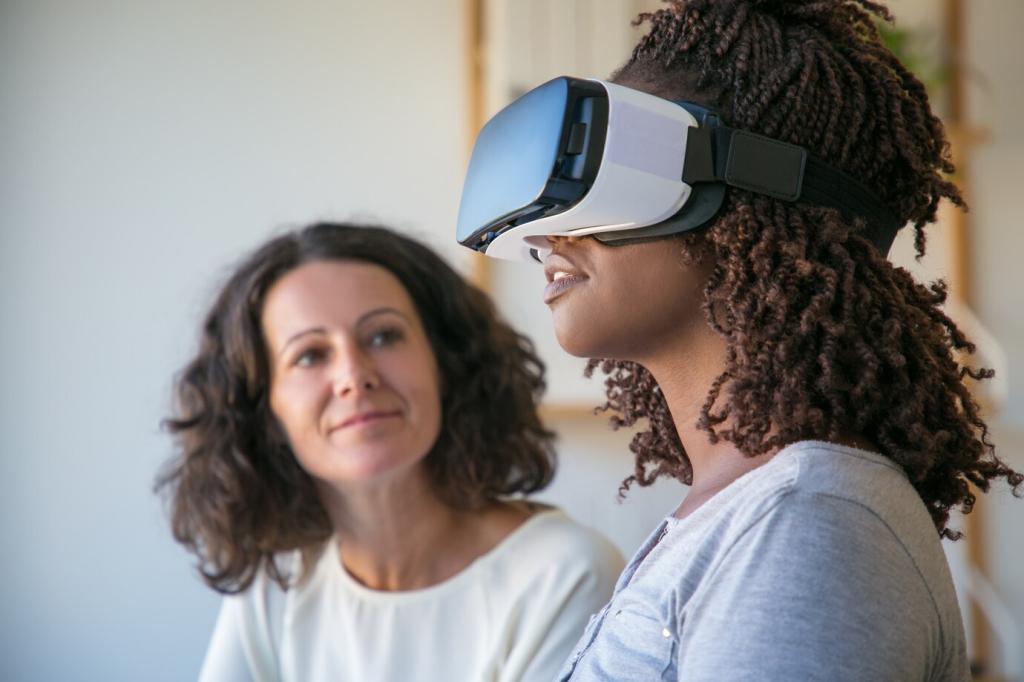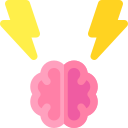How Mobile Apps Are Revolutionizing Mental Healthcare
Chosen theme: Mobile Apps Revolutionizing Mental Healthcare. From pocket-sized coping tools to clinician-linked dashboards, discover how thoughtful technology is widening access, personalizing care, and helping people find steadier ground—one tap at a time. Join the conversation, share your experiences, and subscribe for future deep dives.
A New Front Door to Support
Instead of waiting weeks for the next opening, people can begin self-guided exercises tonight, even if it’s midnight. A structured plan plus welcoming prompts lowers the barrier to getting started and builds momentum long before the first appointment.
A New Front Door to Support
For communities with few specialists, apps supply practical tools—breathing guides, grounding techniques, psychoeducation—that can be used offline or between intermittent connections. Share if a low-bandwidth mode or downloadable session ever made a meaningful difference for you.


Evidence-Based Features That Actually Help
CBT in your pocket, one thought at a time
Thought records, cognitive restructuring, and behavioral activation exercises guide users to notice thinking traps and reshape routines. Consistent micro-practices, reinforced by reminders, often make small but meaningful shifts that add up over weeks. Which CBT exercise do you revisit most?
Mood tracking that reveals patterns
Simple check-ins paired with journaling can surface triggers and protective habits—sleep, hydration, movement, and social time. Visual trends make discussions with therapists clearer and motivate realistic experiments. Tell us what your mood chart taught you about your Sundays or late nights.
Mindfulness, grounding, and paced breathing
Short, guided practices teach the body to stand down from stress. Some apps integrate with wearables to track heart rate trends, helping users notice calming effects over time. Which voice, length, or background sound helps you settle most reliably?
Human Stories Behind the Screens
During finals, Maya used a five-minute CBT check-in between study blocks. By flagging catastrophic thoughts early, she protected sleep and avoided marathon cramming. Weeks later, she kept the habit, turning crisis skills into everyday maintenance. What tiny practice keeps you steady?

Clarity builds trust, ambiguity breaks it
Transparent policies explain what’s collected, why it’s needed, and how it’s protected. Clear off switches, export options, and deletion pathways honor user agency. If you can understand a policy without a law degree, that’s a strong sign the team respects you.

Crisis support woven into the experience
When distress spikes, users need immediate options: local resources, warm lines, and emergency guidance. Sensitive wording and location-aware suggestions reduce friction in urgent moments. Share how you’d design a crisis screen that feels calm, direct, and genuinely helpful.


From Self-Help to Teamwork with Clinicians
Mood charts, sleep notes, and thought records turn a month of living into tangible patterns, letting therapy time focus on decisions, not guesswork. Ask your clinician what data helps most. Would a weekly snapshot make your appointments more efficient?
From Self-Help to Teamwork with Clinicians
Apps can translate therapy goals into daily nudges—hydration cues, exposure steps, or journaling prompts—so change happens between sessions. Together, you can review friction points and adjust. Comment with a micro-goal that felt realistic enough to repeat.
What’s Next: AI, Sensing, and Fair Access
01
Conversational agents can offer reflective prompts and skill suggestions, but they must be transparent about limits and avoid pretending to be human. Clear handoffs to clinicians and crisis resources matter. What boundaries would make you trust an AI helper?
02
With permission, passive patterns—sleep timing, activity trends—could flag early burnout. Opt-in, explainable insights prevent creepiness and invite collaboration. Imagine receiving a gentle, data-informed nudge that feels like care, not surveillance. What would that message sound like to you?
03
Lower data usage, offline modes, and multilingual support ensure benefits reach more people. Community partnerships and sliding-cost options expand impact. Tell us which practical barrier—connectivity, language, or device limits—designers must tackle first for truly inclusive mental healthcare.
